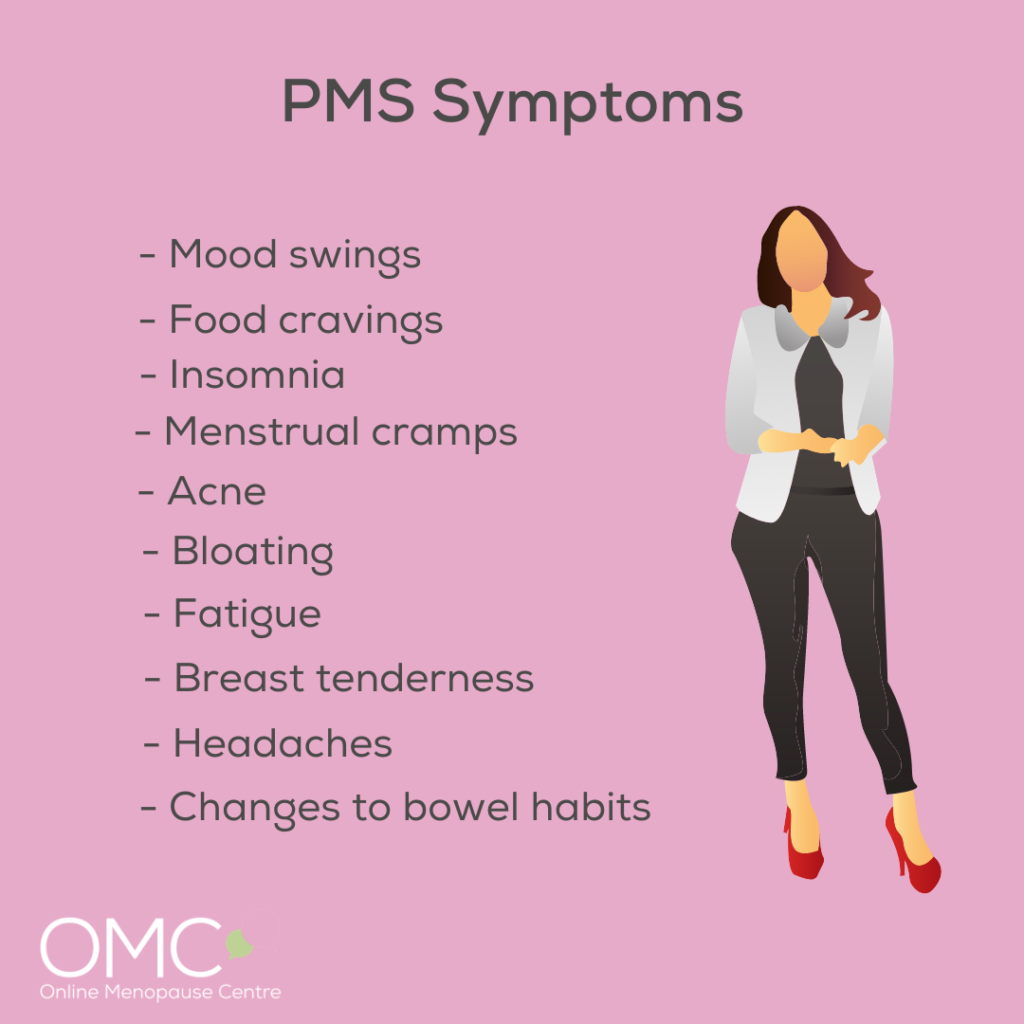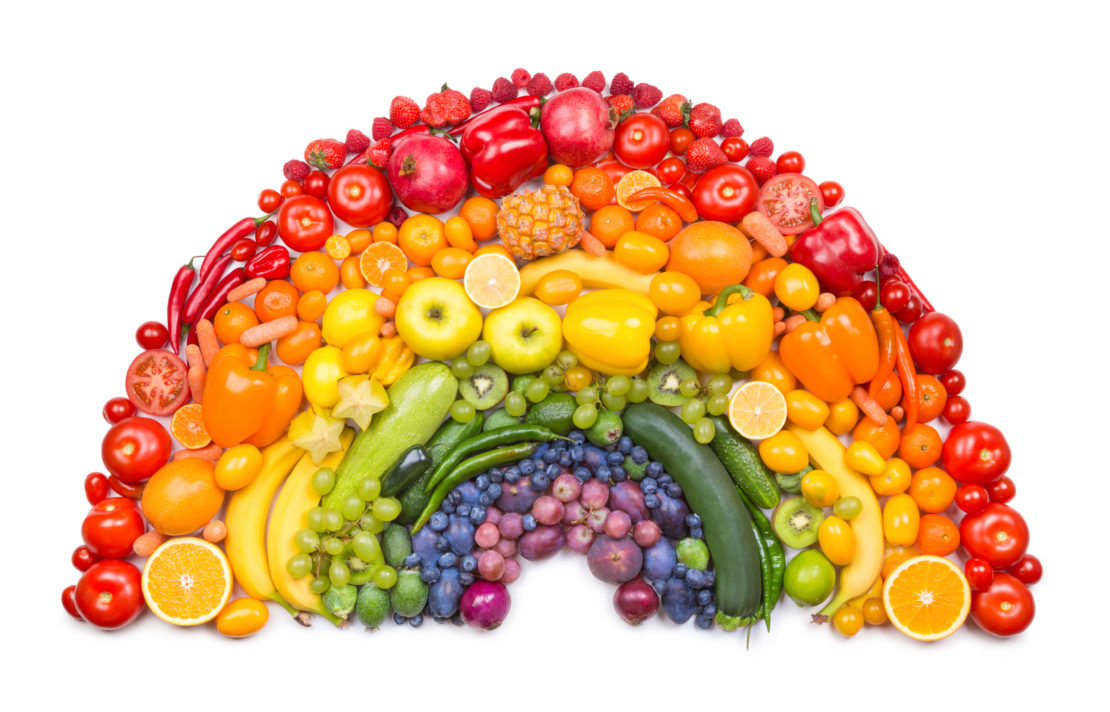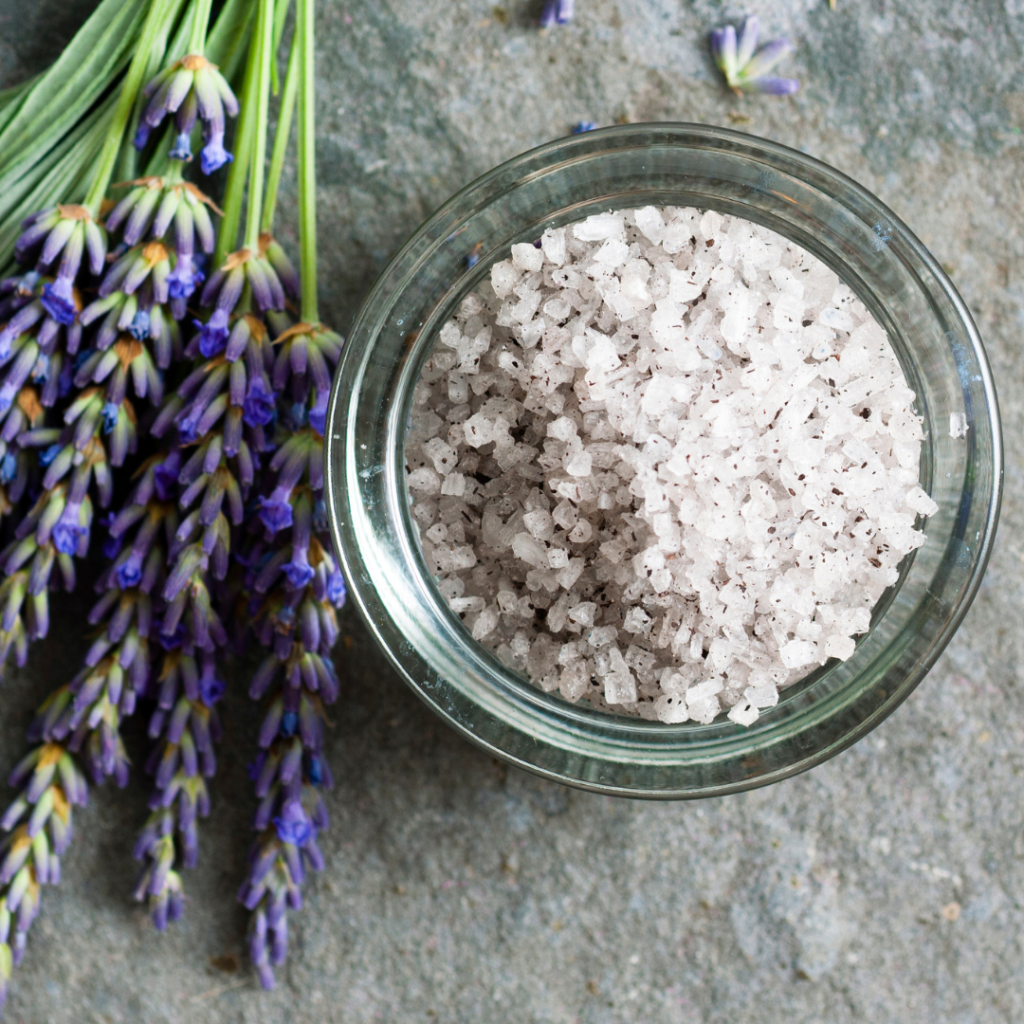Online PMS & PMDD Specialist
What is Premenstrual Syndrome (PMS)?
PMS is the symptoms women can experience days or weeks prior to their period. Most women experience some symptoms before their period but it can considerably vary in severity. The exact cause of PMS is not known but it may be due to changes in hormone levels during the menstrual cycle. A small number of women can experience very severe symptoms of PMS known as Premenstrual Dysphoric Disorder (PMDD).
Symptoms of Premenstrual Syndrome (PMS)
PMS sub types are based on the most prominent and severe presenting symptoms. These can range from psychological to physical:
PMS-A (Anxiety) – the most common type, includes anxiety often alongside irritability and mood swings. Usually a result of estrogen dominance (high ratio estrogen:progesterone). May result in slightly shorter cycles.
PMS-C (Cravings) – involves food cravings, particularly simple carbohydrates and refined sugars. Creates blood sugar imbalances, which result in tiredness and difficulty concentrating, and can further affect your sex hormones.
PMS-H (Hyperhydration) – related to high levels of water retention, bloating and breast tenderness. Also related to an excess of estrogen.
PMS-D (Depression) – the least common type but more serious, associated with symptoms of depression such as low mood, tearfulness, insomnia and social withdrawal. Usually caused by very low levels of estrogen and high progesterone. May result in slightly longer menstrual cycles.

Treatments for PMS
Managing symptoms with therapy and support as well as taking medication for pain can help. Hormonal balancing in women who have clear symptoms of this can also be beneficial. Lifestyle and nutritional modifications play a significant role in many cases and allows the woman to be in charge of this.
Nutritional Recommendations
- In case of PMS-A, the key steps from a nutritional point of view would be to include more foods to support estrogen metabolism and detoxification in the body – follow our nutrition recommendations in our endometriosis page.
- In case of PMS-C, the priority would be to improve blood sugar balance and insulin sensitivity – follow our nutrition recommendations in our PCOS page.
- In case of PMS-H, make sure you drink plenty of water (at least 1.5 L daily, coffees and teas do not count), be aware of your salt intake and incorporate foods rich in potassium (a mineral that helps regulating fluids in the body) such as leafy greens, sweet potatoes, avocados, dried apricots, beans and lentils.
- In case of PMS-D, incorporate foods that have a positive effect on brain health and mood. In addition, consider foods rich in phytoestrogens such as soybeans, tempeh, miso soup, flaxseeds, and yams.

Lifestyle Recommendations

Follow our lifestyle recommendations in the following pages to address different PMS-associated symptoms:
- Perimenopause and Endometriosis pages, if PMS-A dominant, in order to manage anxiety and estrogen dominance
- PCOS page, if PMS-C dominant, in order to manage blood sugar imbalance
- Perimenopause page, if PMS-D dominant, in order to manage low mood
In addition, consider:
- Aromatherapy, which can help balancing hormones and addressing mood changes – try clary sage, lavender or rose essential oils (3–5 drops in a diffuser or bath)
- Epsom salt baths (they are rich in magnesium) for hormone balancing and reducing pain/cramping that can also be associated with PMS
- Tune into your body and create more menstrual cycle awareness – it will help you to better understand and love your body, and consequently to recognise its needs. You can also consider a woman’s health coach.
